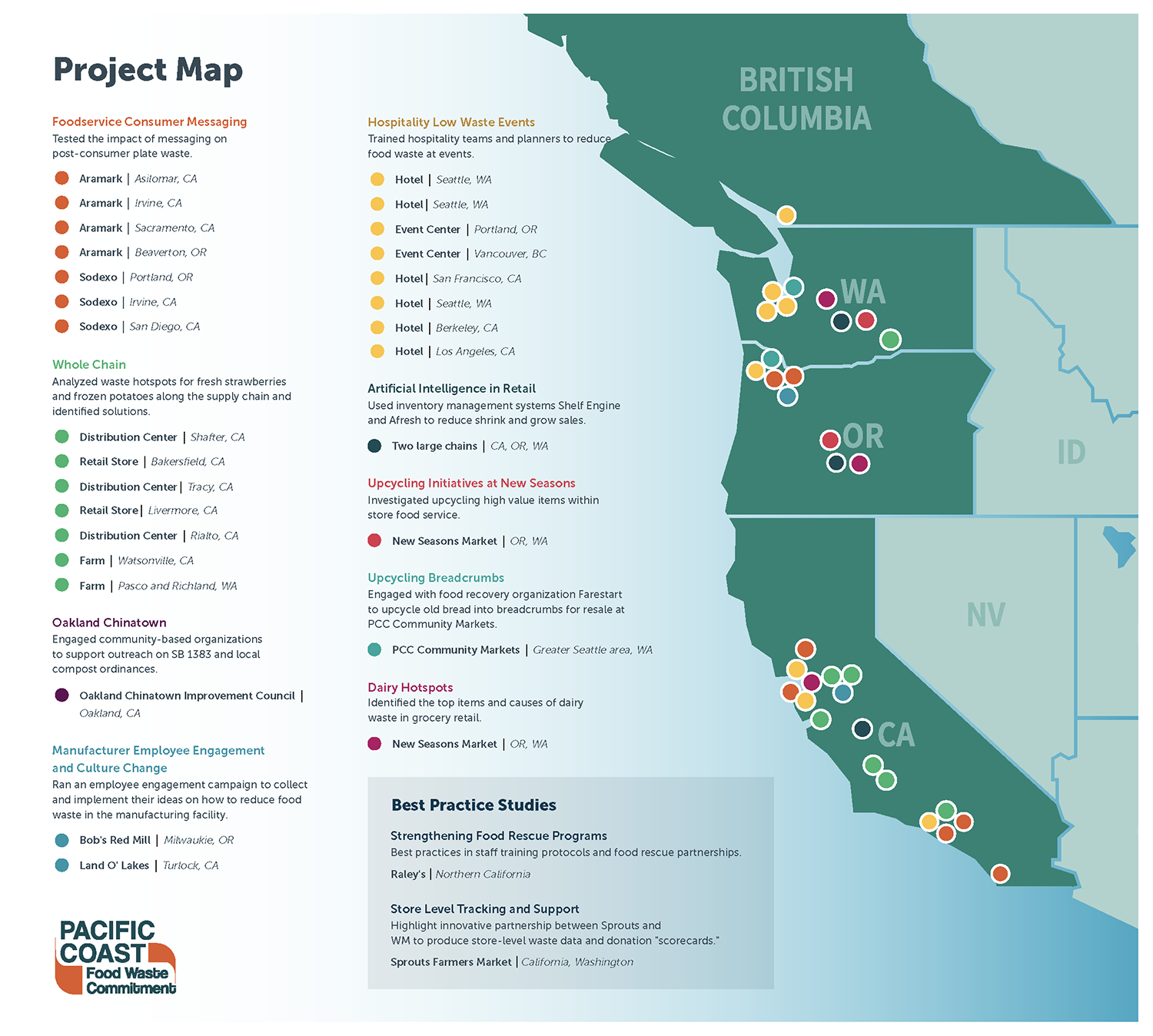
The Pacific Coast Collaborative is calling on food businesses and jurisdictions to join the Pacific Coast Food Waste Commitment (PCFWC), an unprecedented public-private partnership featuring some of the nation’s largest food businesses alongside local, state, and provincial governments – all working collaboratively toward a shared ambition of effective, industry-wide actions that prevent and reduce wasted food along the West Coast.
The PCFWC is a voluntary agreement that builds upon existing food waste reduction platforms and commitments – including United Nations’ Sustainable Development Goal 12.3 and Champions 2030 – and provides a critical opportunity for the Pacific Coast region to lead the country in addressing the environmental, food security, and climate change crisis of food waste.

Since 2019, the PCFWC has been collecting retail data for more than 50% of the regional grocery market share. In the most recent analysis, the data indicates that since 2019, unsold food rates among retailers have decreased by 28%, leading to a 30% decrease in the estimated carbon footprint of unsold food in the region. To highlight the significance of these results, the PCFWC has published two separate reports.
In the Year-End Report, readers will find a summary of these data findings as well as summaries of progress made in PCFWC recruitment, intervention projects, and media coverage. In the Data Report, readers will find a comprehensive analysis of retail data for the most recent year as well as an analysis of year-over-year data.
Download each report to learn more about the impact that the PCFWC has on the region and what the future holds for continued progress in food waste reduction.
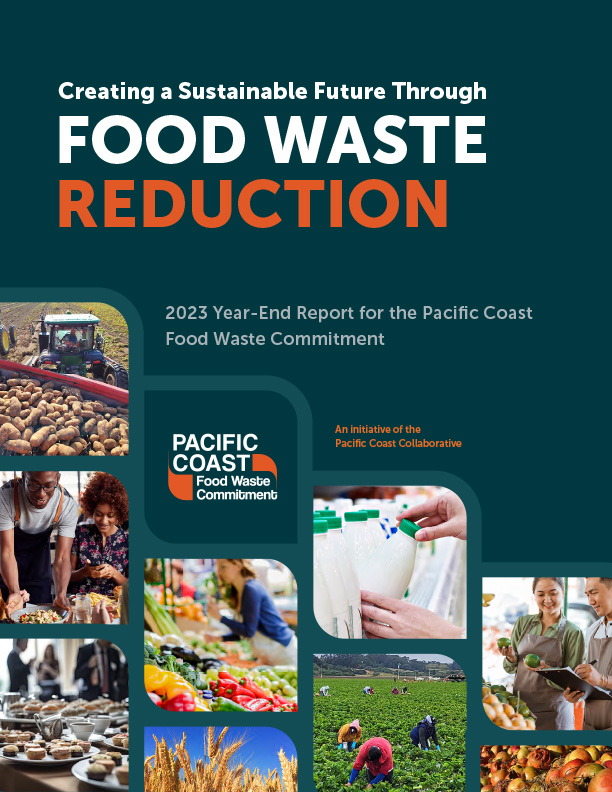
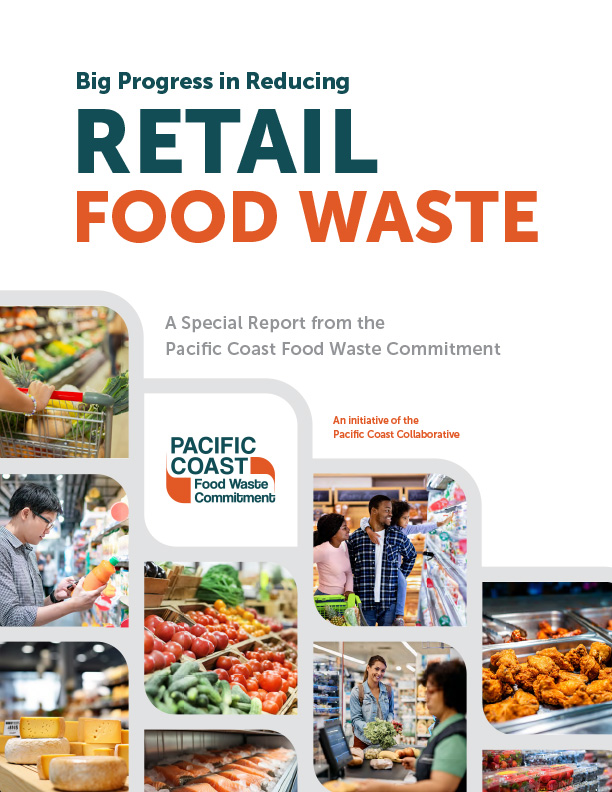
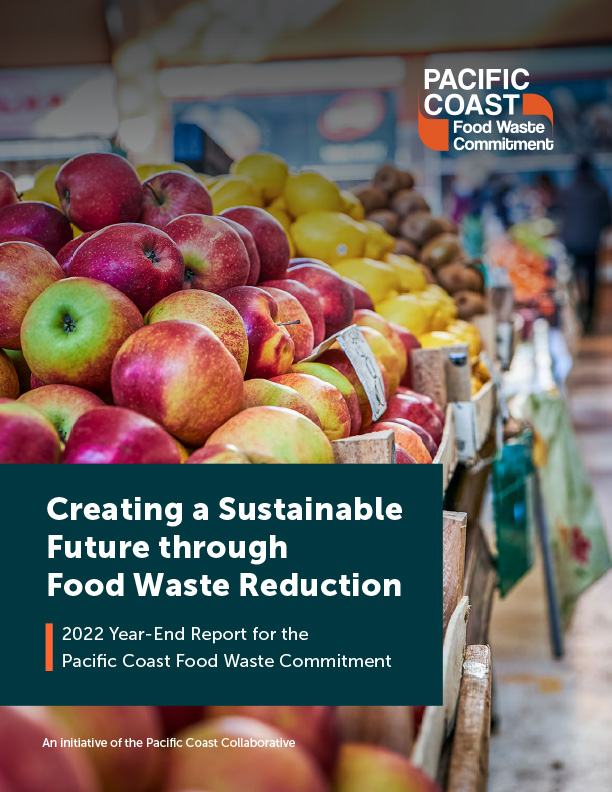


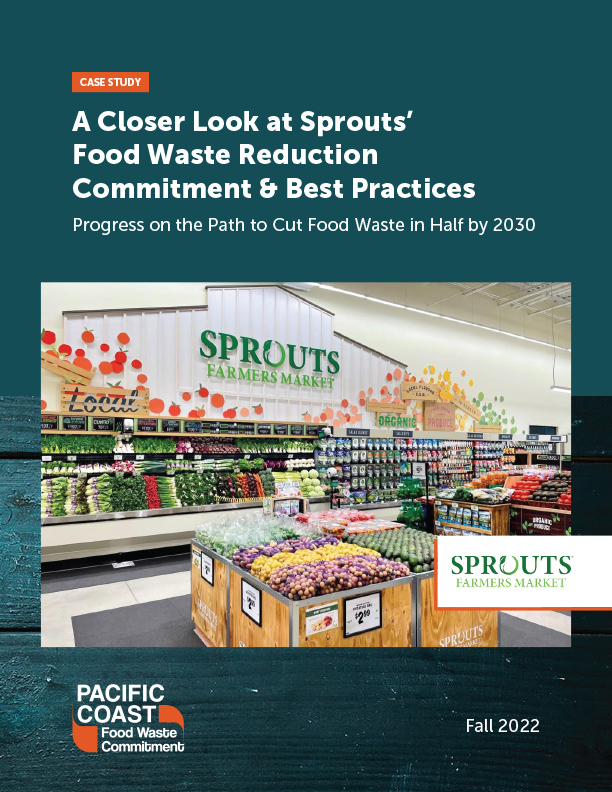
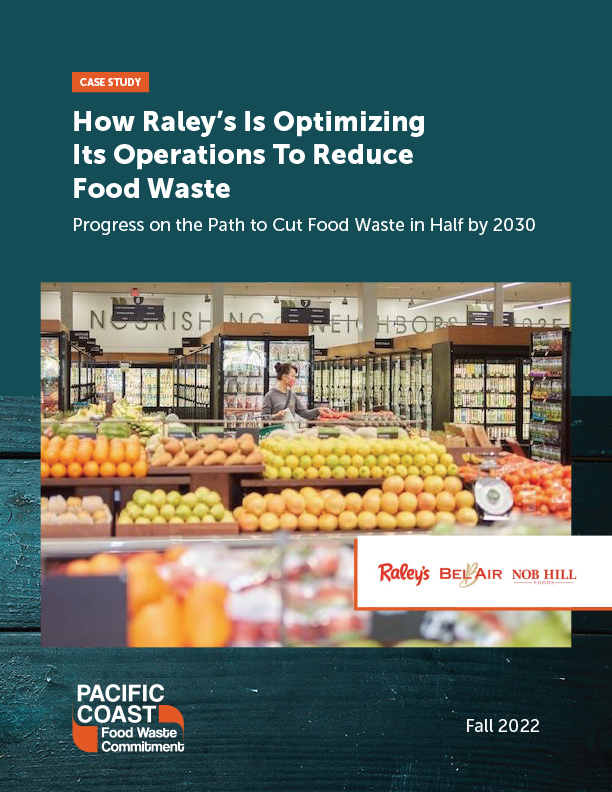
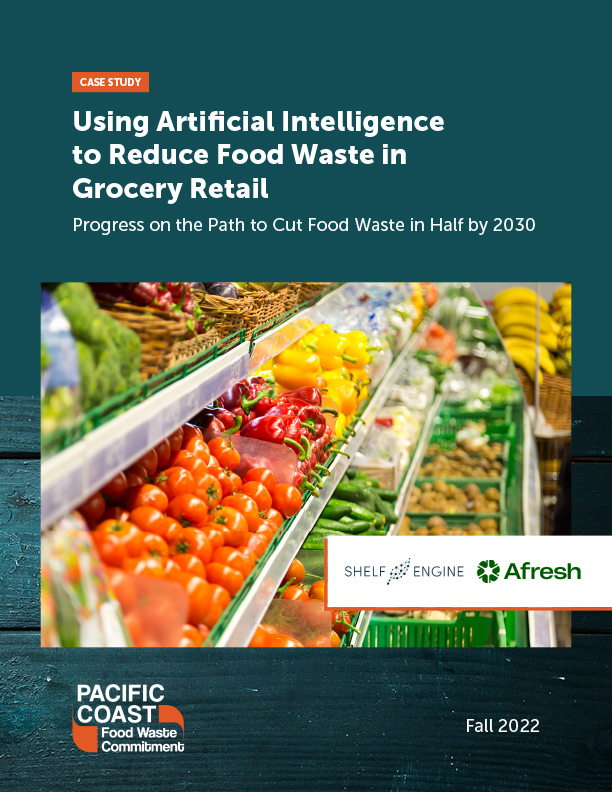
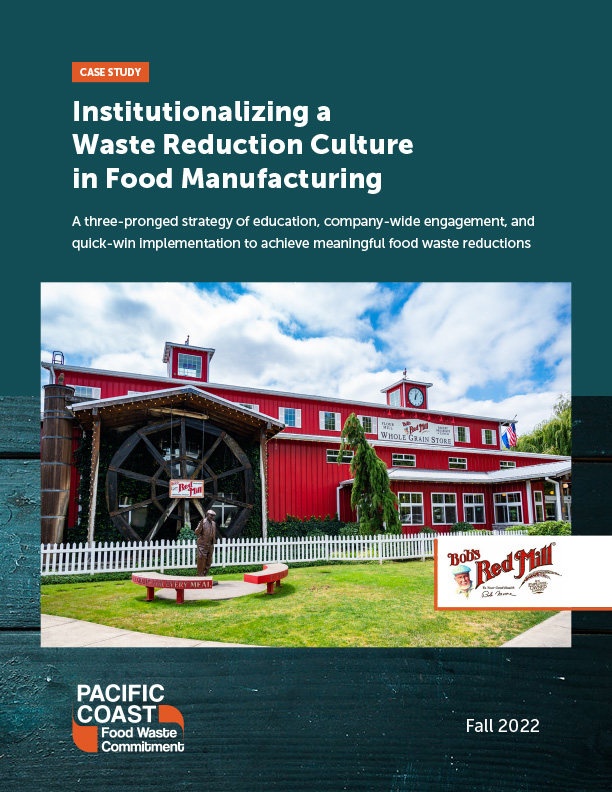
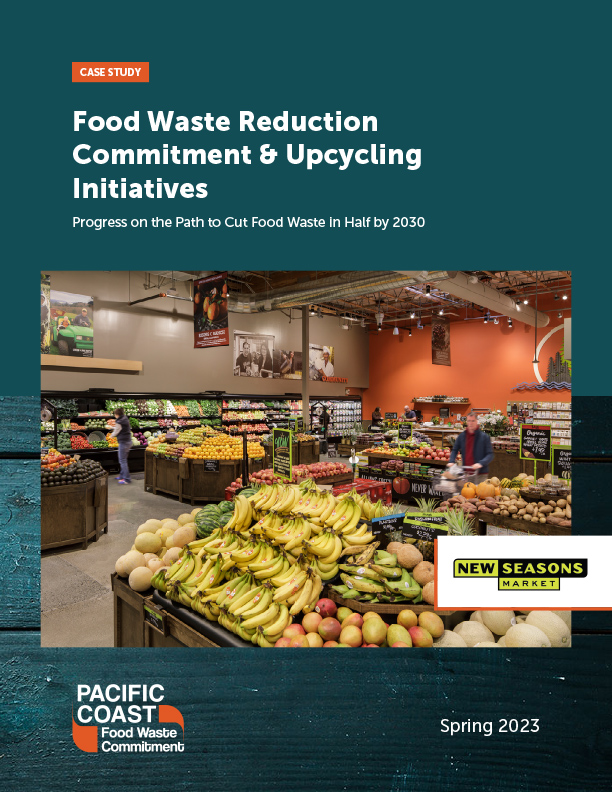
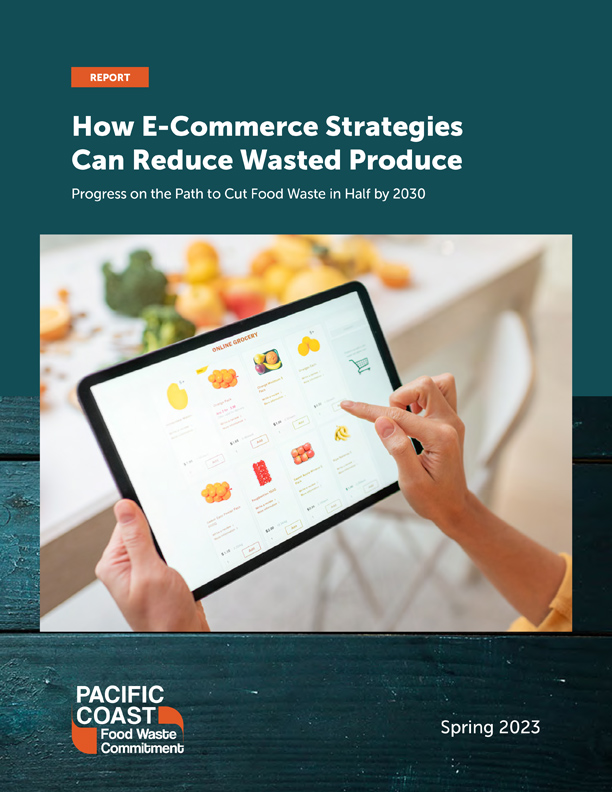
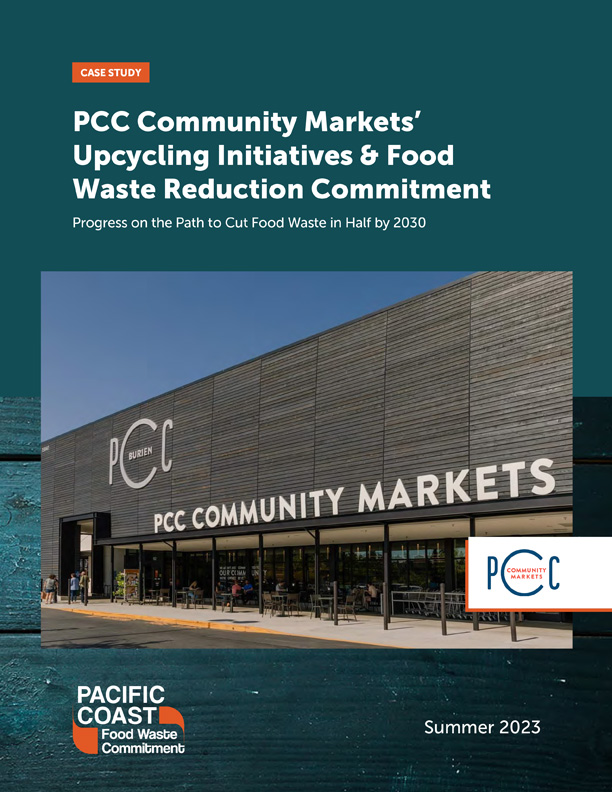
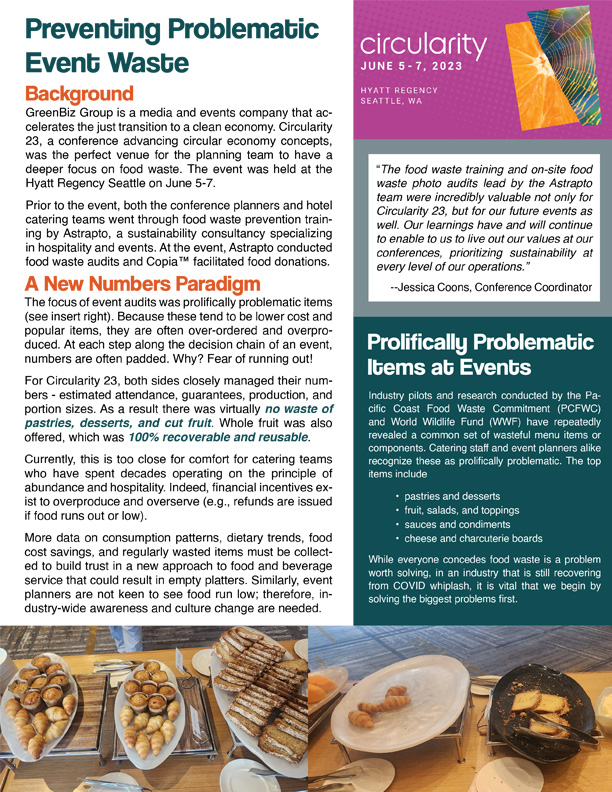
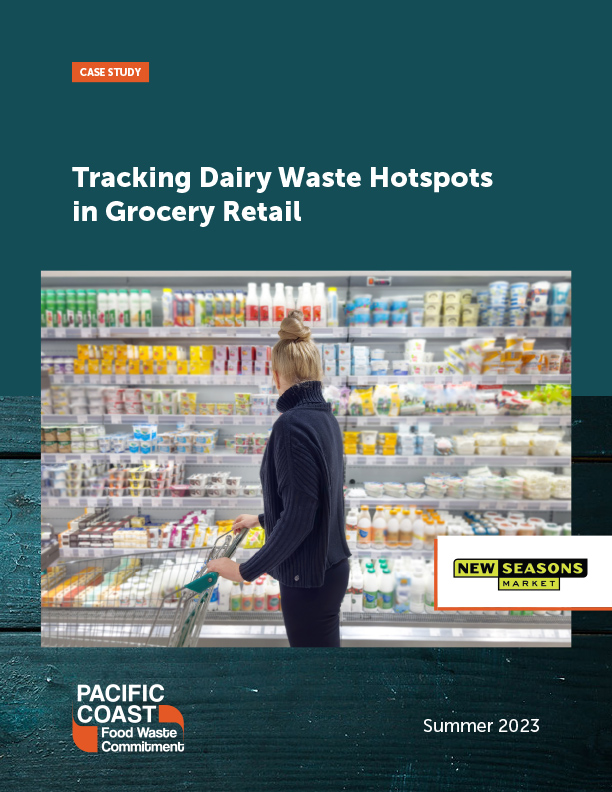
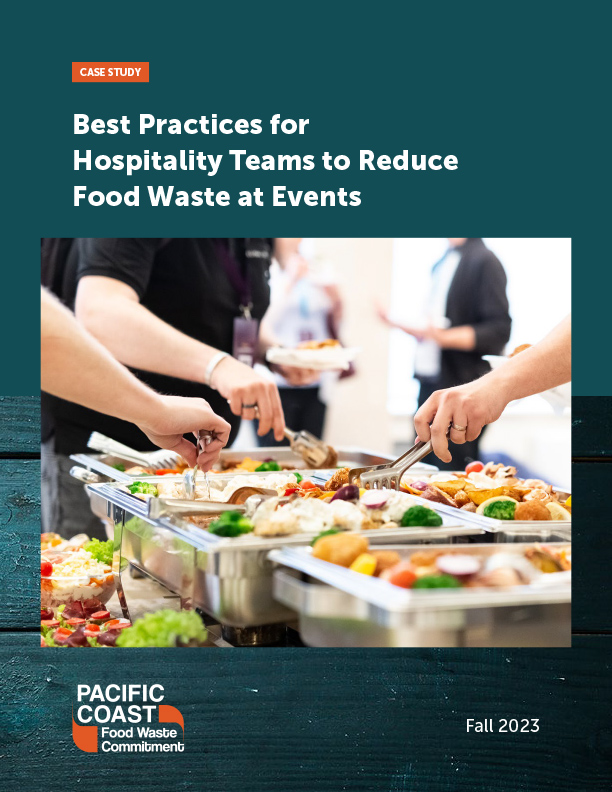
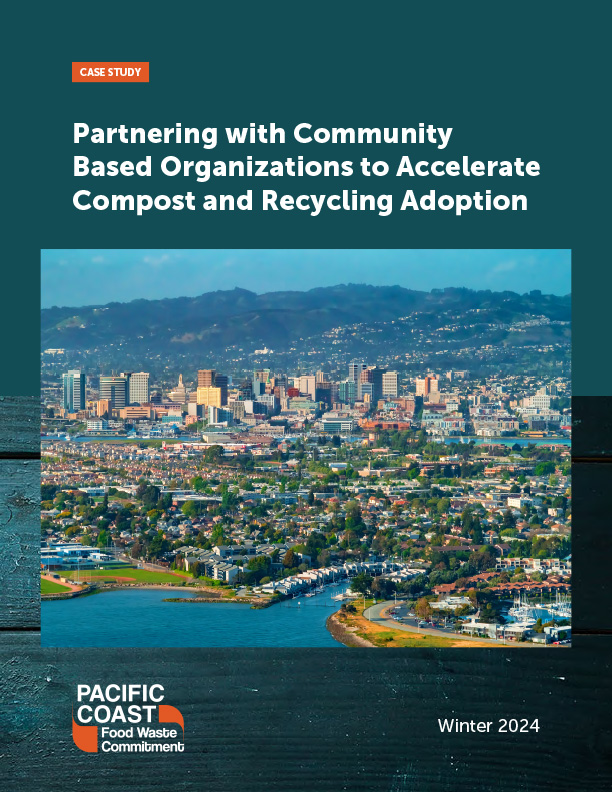
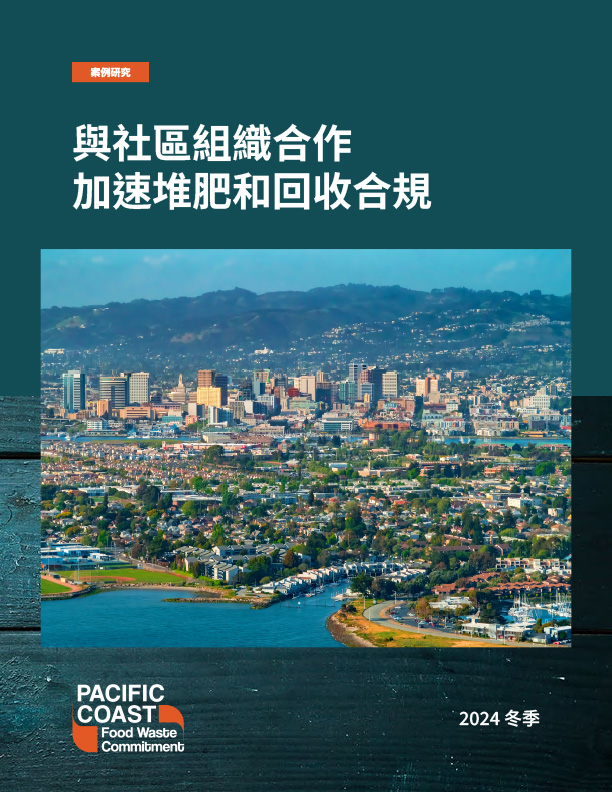
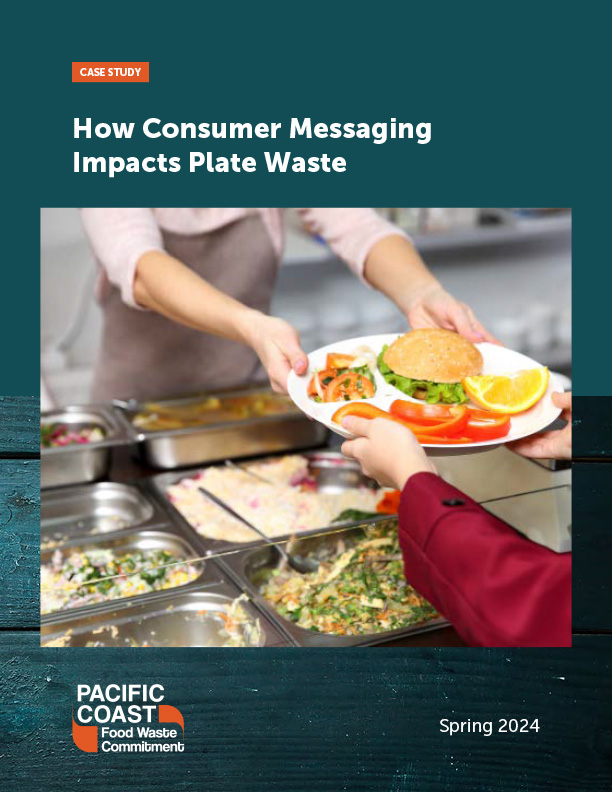
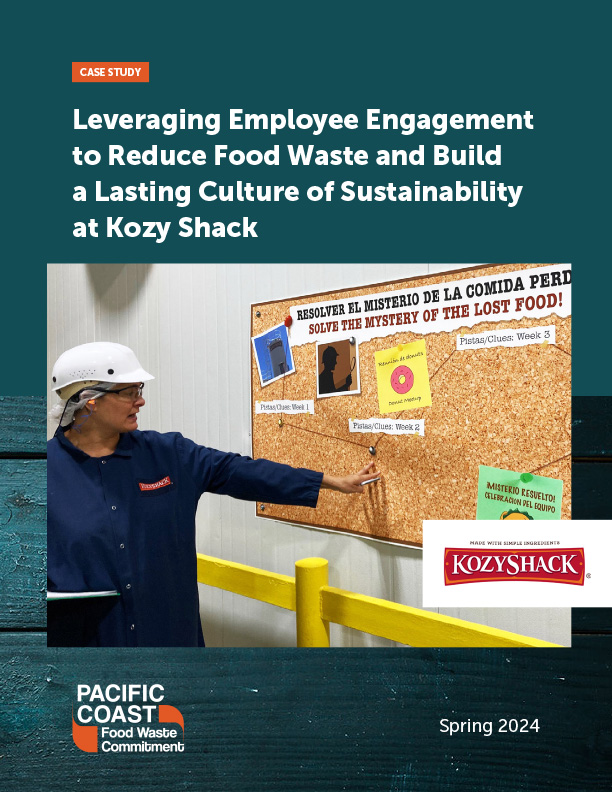
Grocery stores, manufacturers, and food donation partners face particular challenges when it comes to donating and receiving highly perishable produce. The Center for EcoTechnology partnered with the PCFWC to create this succinct training on produce donations for teams working in the food industry. It presents the case for why donating surplus food is important and best practices for ensuring quality, safe food gets to donation partners. The training was informed by a survey that collected feedback from approximately 30 food rescue organizations on the challenges they face when receiving donated produce.
Individuals and business teams can be empowered to fight food waste at every node of the supply chain! Together with Triple Win Advisory and Bob’s Red Mill Manufacturing, the PCFWC created this food waste education and training video. It covers why food waste is a concern, where it occurs along the food supply chain, and what companies and individuals can do about it. Filled with infographics and engaging visuals, the intended audience is for staff members in retail, manufacturing, and restaurants, and for individuals wanting to understand steps they can take to reduce food waste in their home.
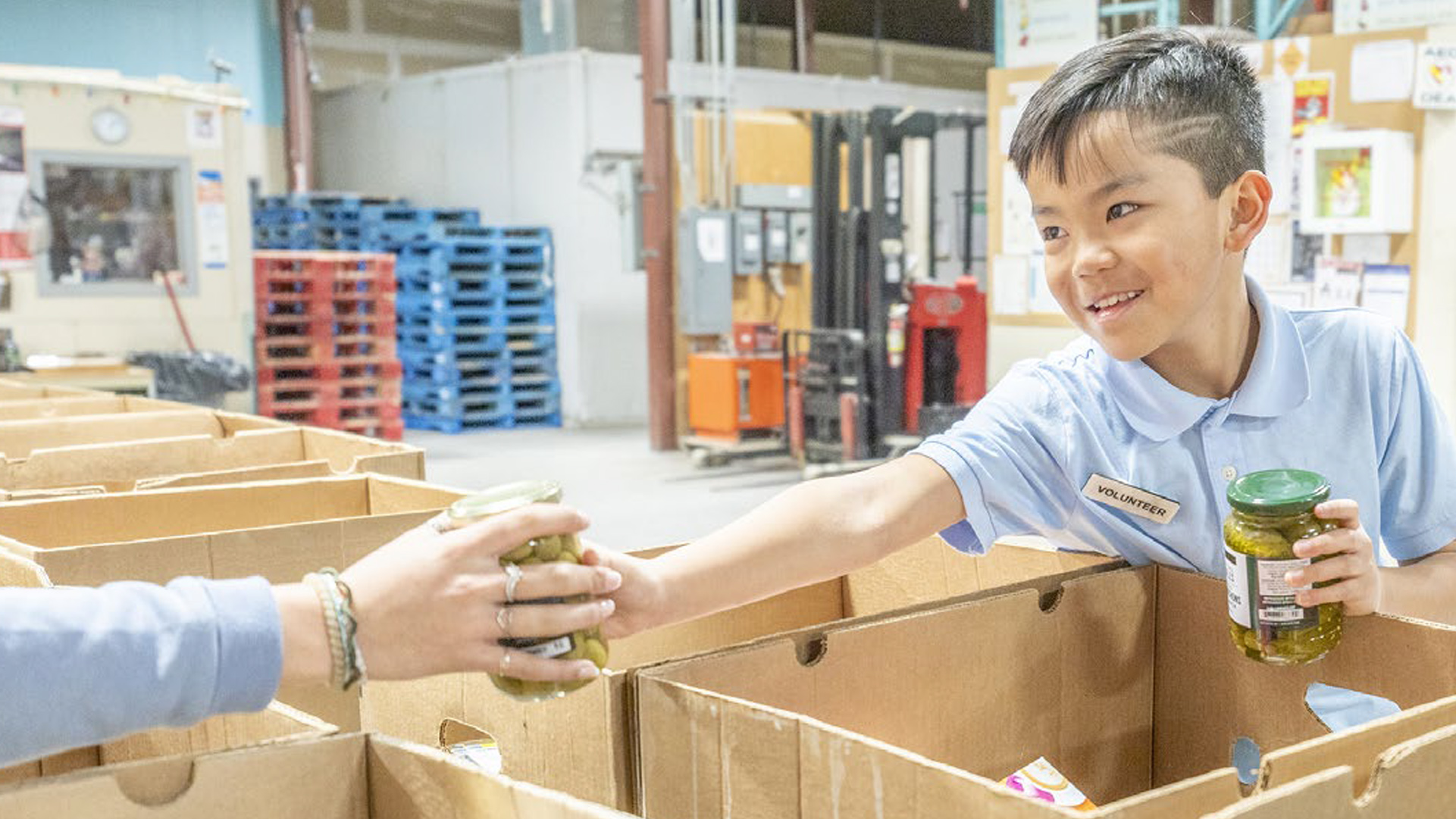
Sodexo USA and the Sodexo Stop Hunger Foundation are committed to ending hunger and reducing carbon emissions and sharing best practices on food recovery. With that in mind, they’ve created the Food Recovery and Donation Guide to help businesses and organization repurpose their unused food. Their guide is designed to help foodservice operators overcome obstacles and build successful food recovery programs.
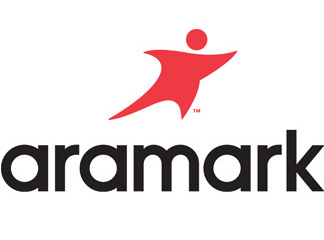

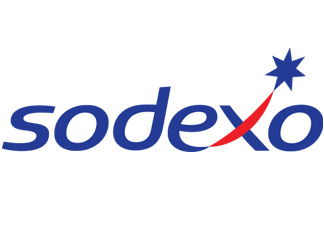

Los Angeles
Oakland
San Francisco
Alameda County
The Pacific Coast Food Waste Commitment could not accomplish our work without the generous support of our funders.

Funded by a Grant from the Department of Resources Recycling and Recovery (CalRecycle) through California Climate Investments.
We are also deeply grateful for the ongoing critical support provided by many of the PCFWC’s jurisdiction members.
In the United States, 35% of food goes unsold or uneaten. It’s an enormous waste of environmental resources, including freshwater and cropland, and is responsible for more than one-fifth of all landfill volume. It’s also a major factor impacting the climate – in fact, the 2020 Drawdown Review from Project Drawdown ranks “reduced food waste” as one of its top solutions to decrease global greenhouse gas emissions. Food waste also affects the economy – new estimates put the cost of food waste in the Pacific Coast region alone at more than $65 billion, which is shouldered by businesses and consumers alike. And in 2020, COVID-19 brought the issue of food waste to national attention, as pandemic-related disruptions and bottlenecks caused spikes in the amount of loss and waste throughout the supply chain, all while tens of millions of people wondered where their next meal would come from.
The PCFWC is based on a successful industry-supported voluntary agreement in the United Kingdom called the “Courtauld Commitment.” This effort resulted in: